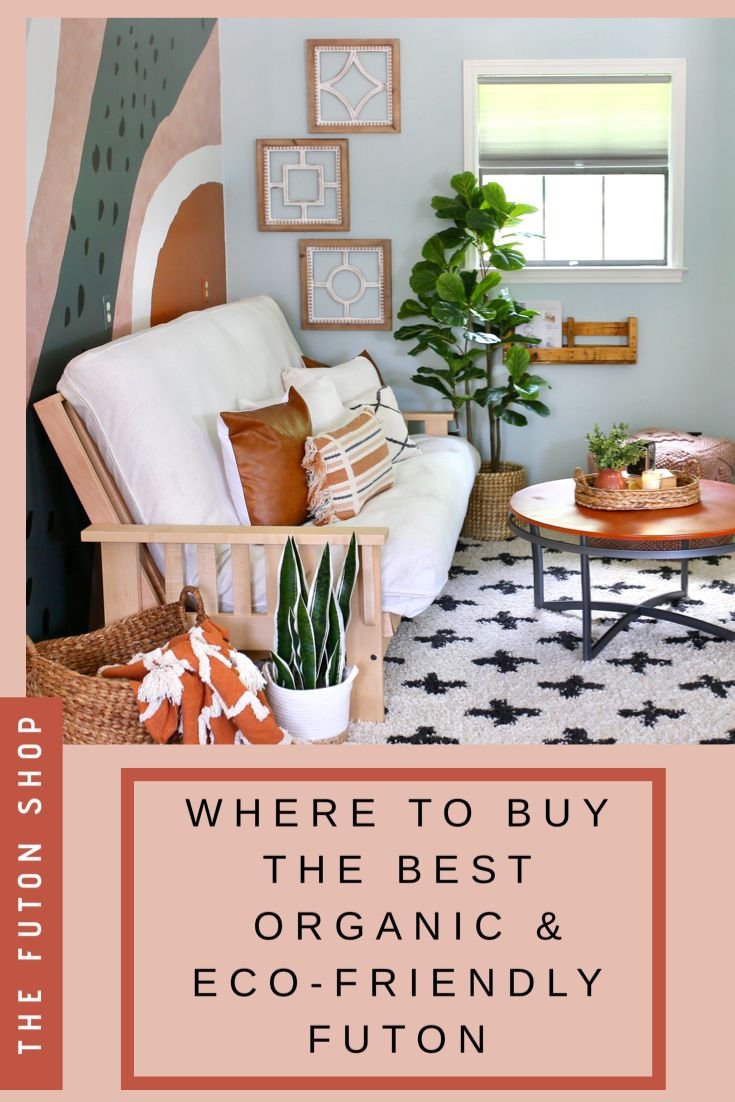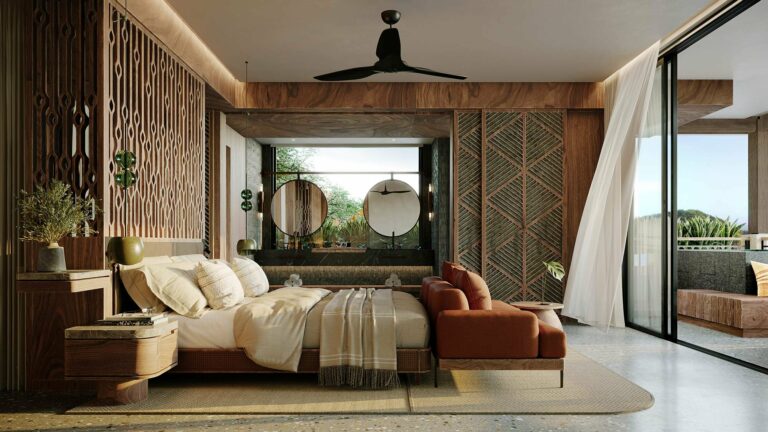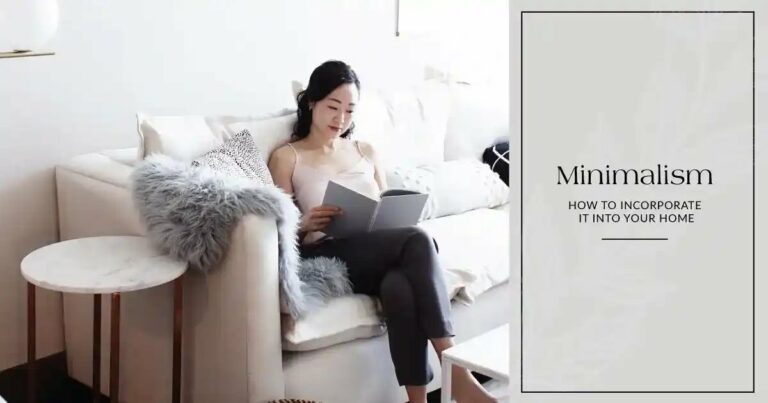How to Find Eco-Friendly Furniture That is Resistant to Fading Colors Over Time?
Today we discuss Eco-Friendly Furniture That is Resistant to Fading Colors Over Time. Are you in search of sustainable furniture that maintains its vibrant colors without fading? Look no further!
This blog post will help you discover furniture that not only fits your eco-friendly ethos but also withstands color fading, ensuring long-lasting visual appeal. Stay tuned to learn more about finding eco-friendly furniture that resists color fading effectively!
Eco-Friendly Furniture That is Resistant to Fading Colors Over Time:
Understand the Impact of Fading Colors:
To start discussing how to discover environmentally friendly furniture that withstands color fading, it’s crucial to grasp the reasons behind this problem. Furniture color fading can result from prolonged sunlight exposure, environmental factors, or subpar dye and finishing materials.
The extent of fading can differ based on the furniture type and where it’s placed. Understanding the causes and effects of color fading will help you make well-informed furniture choices.
Choose Sustainable Materials:
When looking for environmentally friendly furniture, focus on materials that are sustainable and eco-conscious. Choose furniture made from renewable resources like bamboo, reclaimed wood, or responsibly harvested hardwoods.
These materials not only help conserve natural resources but also have better resistance to fading. Make sure to check for certifications such as the Forest Stewardship Council (FSC) to guarantee that the furniture comes from forests managed sustainably.
Look for UV Resistant Finishes:
To prevent colors from fading in furniture, consider using UV-resistant finishes. These coatings are specially made to protect furniture from sun damage that can lead to color fading.
When buying furniture, make sure to ask about the finish and inquire if it has UV protection. Choose finishes that provide lasting UV protection to keep colors vibrant for a long time.
Consider Fade-Resistant Fabrics:
Furniture with upholstery, like sofas, chairs, and cushions, may experience color fading from prolonged sunlight exposure. Opting for fade-resistant fabrics can help counter this problem.
Seek out fabrics specifically marketed as fade-resistant or UV-resistant. Synthetic fibers such as polyester or solution-dyed acrylics generally offer better protection against fading than natural materials like cotton or silk.
Pay Attention to Fabric Dyeing Techniques:
The method of dyeing fabrics can significantly influence their ability to resist fading. When buying upholstered furniture, ask about the dyeing process used.
Fabrics that are solution-dyed, meaning the color is infused into the fibers during manufacturing, generally have better color retention and are more resistant to fading.
Fabrics treated after dyeing or with added protective coatings can also improve their resistance to fading.
Evaluate the Furniture’s Placement:
The positioning of furniture in a room or outdoor space can influence its exposure to sunlight, which can lead to color fading.
When arranging furniture, consider the location of windows, skylights, and doors to avoid prolonged direct sunlight exposure.
Strategically placing furniture and using curtains or blinds to shield it from the sun can help minimize the fading effects of excessive sunlight exposure.
Seek Furniture with Natural Fade Resistance:
Some furniture types have built-in features that make them less prone to fading. Teak wood, for example, contains high levels of natural oils that help it resist color fading from sunlight.
Likewise, wrought iron furniture with a rust-resistant coating can endure outdoor elements and maintain its color over time. Considering furniture choices with inherent fade-resistant characteristics can make it easier to find durable pieces.
Consult Customer Reviews and Ratings:
Prior to making a purchase, it’s important to conduct thorough research and carefully review customer feedback and ratings regarding the furniture you are interested in.
Insights from past customers can offer valuable information regarding the color retention and longevity of the furniture.
Pay attention to reviews that highlight the furniture’s ability to maintain its colors without fading. Positive comments about a product’s color vibrancy can help you feel more secure in your purchase.
Seek Professional Advice:
If you’re uncertain about which eco-friendly furniture options are best for resisting color fading, consider consulting an interior designer or furniture specialist.
These professionals can provide personalized recommendations based on your unique requirements. They can guide you towards brands and materials known for their fade-resistant properties, ensuring you make an informed choice that aligns with your environmental values.
Preserve and Maintain Furniture:
Investing in fade-resistant furniture is only part of the equation. Proper care and maintenance are crucial to extend the lifespan and color vibrancy of your furniture. Follow the manufacturer’s instructions for cleaning, protecting, and storing the furniture when not in use. Regularly inspect and address any signs of wear, fading, or damage promptly to prevent further deterioration.
Faqs for Eco-Friendly Furniture That is Resistant to Fading Colors Over Time:
Opt for furniture made from sustainable and natural materials such as bamboo, reclaimed wood, or cork. These materials are not only environmentally friendly but also tend to retain their color for a longer period.
Look for certifications such as the Forest Stewardship Council (FSC) label or the Global Organic Textile Standard (GOTS) certification. These labels indicate that the furniture has been produced using sustainable practices and materials.
Yes, you can protect the color of your furniture by using natural or eco-friendly finishes or sealants that have UV protection properties. Additionally, keep the furniture away from direct sunlight or use window treatments to minimize exposure.
Buying pre-owned furniture is a great way to promote sustainability. Look for pieces that have been well-maintained and show minimal signs of fading. You can also consider refurbishing or repainting furniture to extend its lifespan and enhance its color.
You can donate your old furniture to local charities or non-profit organizations. This way, you give it a chance to be reused or repurposed. If the furniture is beyond salvage, try to recycle it responsibly or dispose of it properly to minimize the environmental impact.
Final Thoughts
In conclusion, finding eco-friendly furniture that is resistant to fading colors over time can be a daunting task. However, by following a few simple steps, it is possible to discover furniture that meets these criteria. Firstly, look for furniture made from sustainable materials such as bamboo or reclaimed wood. Secondly, check for certifications like Forest Stewardship Council (FSC) that guarantee the furniture’s eco-friendliness. Thirdly, opt for furniture with UV-resistant finishes or fabrics to prevent color fading. By considering these factors, one can ensure they are making an environmentally conscious choice without compromising on durability or aesthetics. How to find eco-friendly furniture that is resistant to fading colors over time?



